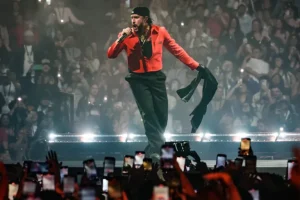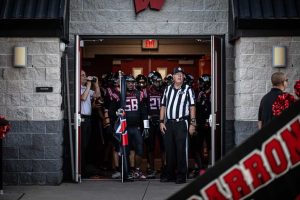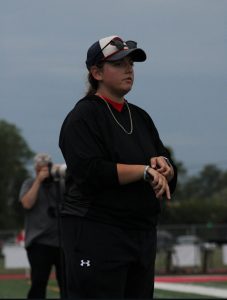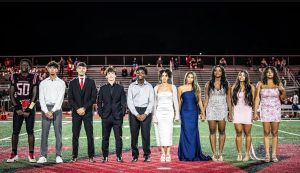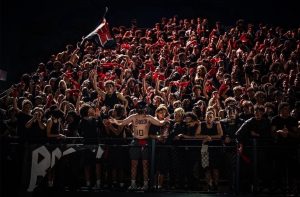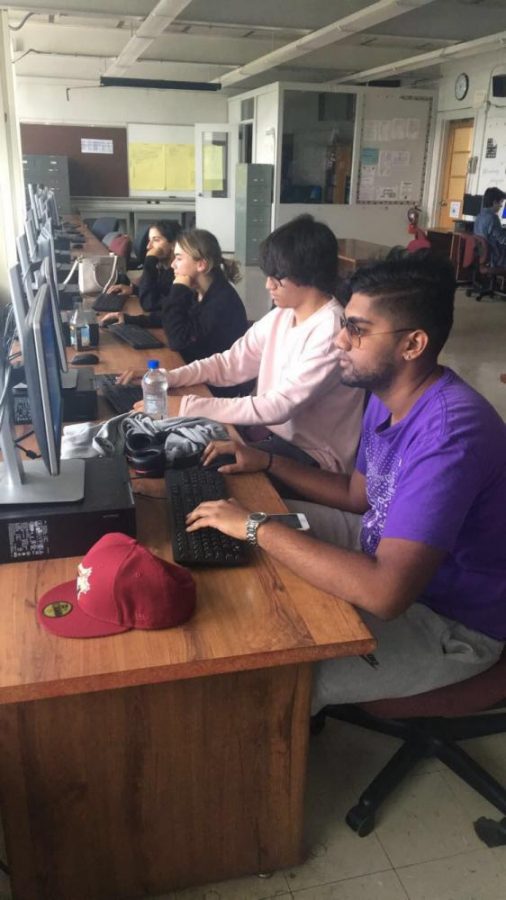Journalism 3 Introduced to WHS
Journalism 3 students work on their assignments ahead of deadline. The class, a pilot this year, was moved to the D-wing from the third floor to accommodate the need for technology.
October 6, 2017
This year, English teacher Mr. O’Halloran introduced a curriculum for Journalism 3. The course is a pilot, offered to students who previously completed Journalism 2.
Barron Perspective: Why do you think it’s important for students to partake in this class?
Mr. O’Halloran: I asked to pilot this class because I was losing students. A prerequisite for Journalism 1 is that students complete 9th grade English, so I wind up with 10th grade students. If they go on to Journalism 2, they’re juniors, and then I lose them for their senior year. If a student can take four years of band or choir, why can’t I have students for three years of journalism?
BP: How will this course prepare students for 21st century careers and skills?
MO: 21st century journalism is all about research, social networking, and staying abreast of current events, which lend themselves to preparing students for careers and college after high school. This class, like the other journalism classes, promotes computer literacy, autonomy, collaboration, and research, but my Journalism 3 students have the added responsibility of directing the paper for the school year, beginning at identifying goals and completing an analysis of where the paper is at, and where they want it to go.
BP: Why are you interested in teaching this class?
MO: I’m interested in teaching this course because I’m excited to work with my students for a third year, and I’m excited about all the new technology and resources we have available to us through the new curricula for Journalism 1 and 2.
BP: Can you please provide me with a class description and a brief overview of the class?
MO: Journalism 3 builds upon the theoretical and practical understandings established across the first two levels of Journalism. Students will be responsible for the creative direction of the school newspaper, including management of Journalism 1 and 2 students through the newspaper club. While their portfolios and contributions to the newspaper will be based on their chosen responsibilities, all students will receive instruction in units designed to reflect the practices of 21st century journalism, with a particular focus on broadcast journalism and the added task of managing a podcast. Coursework will examine ethical and professional standards established by journalistic societies, an exploration of ethical and legal issues facing journalists, and the development of skillsets through technical instruction and practice. Students will also explore opportunities for real world applications of their developing skillsets in colleges and careers.
Journalism 3 meets on an A/B schedule, and runs concurrent with Journalism 2. As a pilot, we do not have a set curriculum, but we have goals that the students have created through identifying areas of interest, and that act as a natural progression from Journalism 2. Specifically, students will be responsible for acting as the artistic and editorial directors of the school newspaper, The Barron Perspective, as well as for maintaining all BP social media accounts, and creating and maintaining a podcast.
BP: What are your expectations for this course?
MO: My expectations are for my students to meet the goals they’ve established, and to provide sufficient evidence for why this pilot needs to be picked up next year.
BP: How is it different from other courses in your department?
MO: As an English elective, Journalism is a writing-intensive course. What makes it different is that it deals with civics and technology, as well as a style of writing that most students do not experience in other English courses.

